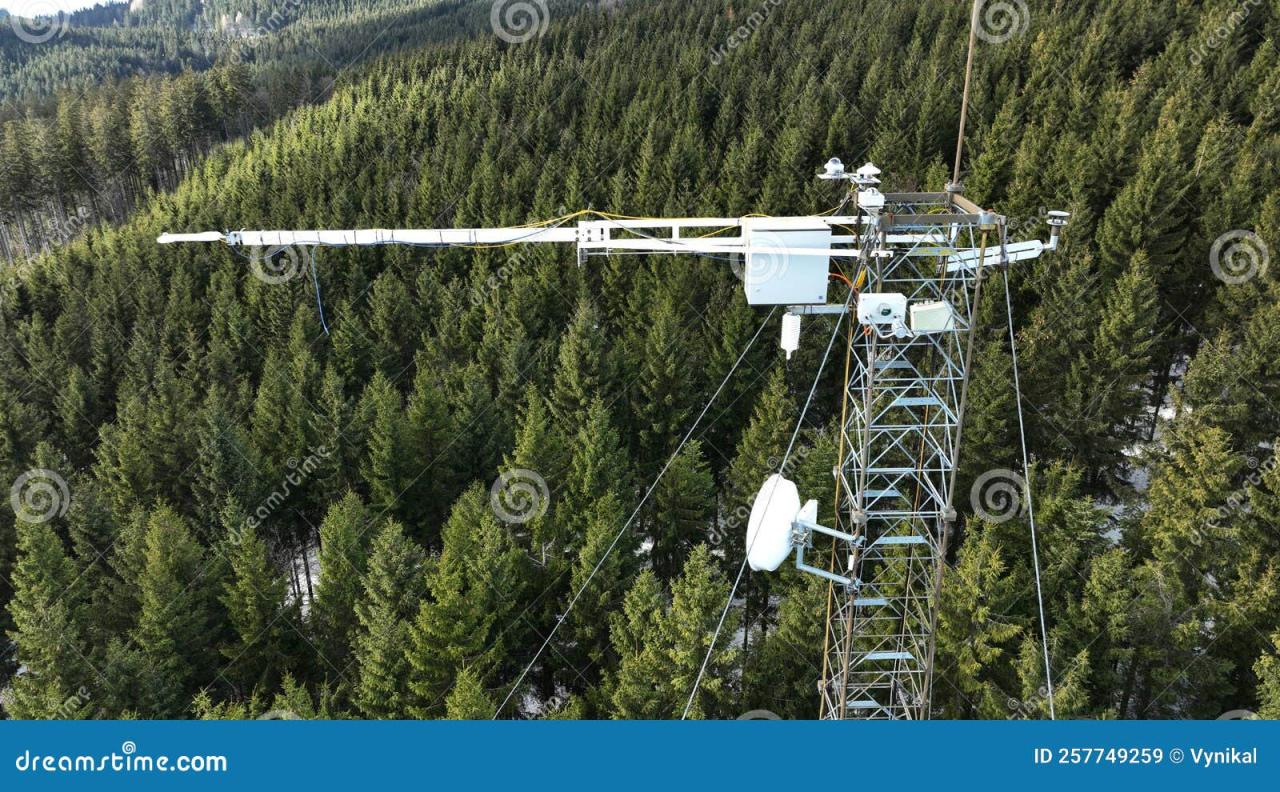Sky elements drones are revolutionizing atmospheric research and environmental monitoring. These unmanned aerial vehicles (UAVs), equipped with advanced sensors, provide unprecedented access to atmospheric data, enabling scientists and researchers to study weather patterns, air quality, and other crucial environmental factors with greater precision and detail than ever before. This exploration delves into the applications, technologies, data analysis, safety considerations, and future trends associated with this rapidly evolving field.
From monitoring pollution levels in urban areas to assessing the impact of climate change on remote ecosystems, sky elements drones offer a versatile and efficient solution for a wide range of applications. Their ability to gather real-time data in challenging environments makes them invaluable tools for scientific discovery, environmental protection, and disaster response.
Sky Element Drone Applications
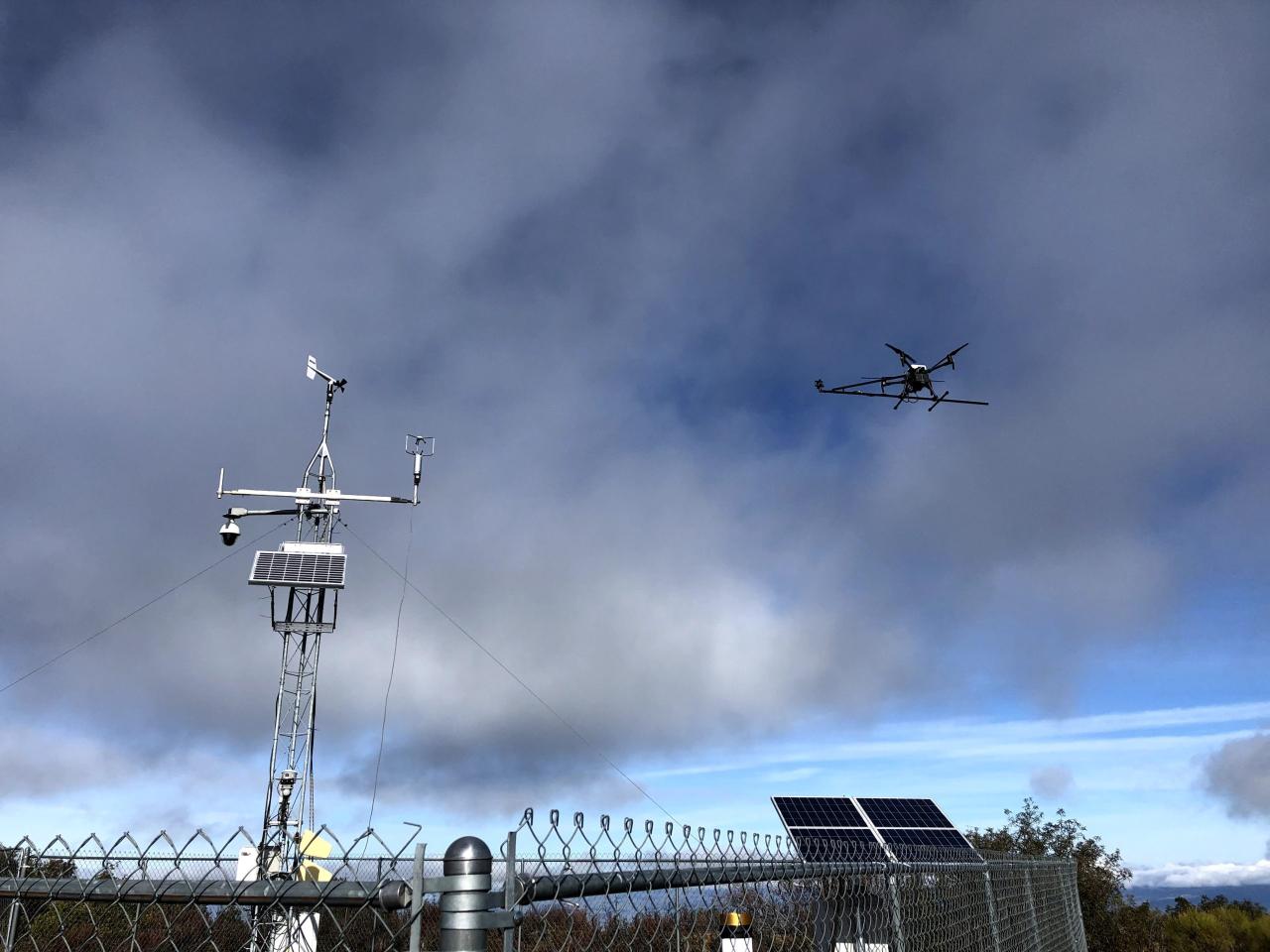
Drones equipped with sensors capable of collecting atmospheric data, often termed “sky element drones,” are rapidly transforming various sectors. Their applications span a wide range, from environmental monitoring to disaster response. This section details current and potential uses, highlighting both advantages and challenges.
Current and Potential Applications of Sky Element Drones
| Application | Description | Benefits | Challenges |
|---|---|---|---|
| Weather Monitoring | Real-time collection of meteorological data such as temperature, humidity, wind speed, and pressure at various altitudes. | Improved accuracy of weather forecasting, early warning systems for severe weather events, efficient resource allocation. | Data validation and calibration, challenges in navigating adverse weather conditions, regulatory compliance. |
| Atmospheric Research | Studying atmospheric composition, pollution levels, and the dispersion of pollutants. | Enhanced understanding of atmospheric processes, improved air quality monitoring, assessment of climate change impacts. | High cost of specialized sensors, need for sophisticated data analysis techniques, potential for sensor drift or malfunction. |
| Aerial Photography and Mapping | High-resolution imaging for land surveying, urban planning, and infrastructure monitoring. | Detailed and accurate maps, efficient land management, improved infrastructure assessment. | Image processing and analysis requirements, limitations due to weather conditions, concerns about privacy and data security. |
| Precision Agriculture | Monitoring crop health, soil moisture, and irrigation needs. | Optimized resource utilization, improved crop yields, reduced environmental impact. | Cost of equipment and data analysis, potential for interference from other signals, data transmission challenges in remote areas. |
Atmospheric Phenomena Studies using Drones
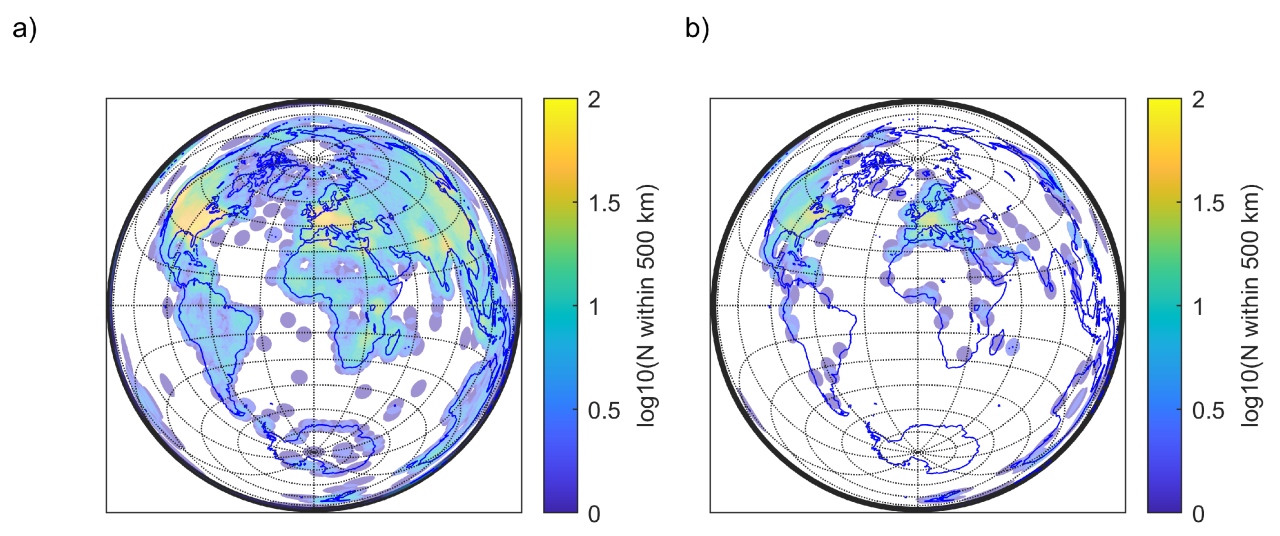
Drones are invaluable tools for studying atmospheric phenomena. For instance, drones equipped with lidar can measure the vertical distribution of aerosols and pollutants, providing crucial data for air quality models. Similarly, drones carrying sensors measuring temperature and humidity profiles can contribute to improved weather prediction models, particularly in areas with limited ground-based observation networks. Data collected includes high-resolution spatial and temporal measurements of atmospheric parameters, providing insights into processes such as cloud formation, precipitation patterns, and atmospheric boundary layer dynamics.
Specific examples include studying the evolution of dust storms, measuring greenhouse gas concentrations, and investigating the impact of wildfires on atmospheric conditions.
Disaster Response and Recovery using Sky Element Drones
Imagine a scenario: a major hurricane devastates a coastal region. Sky element drones, deployed immediately after the storm subsides, could rapidly assess the extent of damage to infrastructure, locate survivors trapped in debris, and map flooded areas. Their ability to navigate challenging terrain and transmit real-time data is crucial for efficient resource allocation and rescue operations. The drones’ high-resolution imagery would enable rapid damage assessment, informing decisions on emergency aid distribution and long-term recovery strategies.
Furthermore, monitoring of post-disaster atmospheric conditions (e.g., air quality, potential for secondary hazards) can also be achieved.
Technological Components of Sky Element Drones
The effectiveness of sky element drones hinges on a combination of robust hardware and sophisticated software. This section details the essential components and platforms, and Artikels the data acquisition and processing workflow.
Essential Sensors and Technologies
Effective data acquisition requires a suite of sensors tailored to the specific atmospheric parameters of interest. These typically include:
- Temperature and Humidity Sensors: High-accuracy sensors capable of measuring these parameters at various altitudes are crucial. Different sensor types exist, each with varying levels of accuracy and power consumption.
- Wind Speed and Direction Sensors: Anemometers and wind vanes provide crucial data on wind patterns. The choice of sensor depends on the required accuracy and the drone’s payload capacity.
- Atmospheric Pressure Sensors: Barometric pressure sensors are essential for altitude determination and atmospheric pressure profile measurements.
- GPS and IMU: Accurate positioning and orientation data are critical for georeferencing atmospheric measurements.
- Cameras and Imaging Sensors: For visual inspection and mapping applications.
- Gas Sensors: For measuring the concentration of specific gases like CO2, methane, or other pollutants.
Drone Platforms for Sky Element Monitoring
Various drone platforms cater to different mission requirements. Factors to consider include payload capacity, flight time, range, and cost. Larger, heavier drones can carry more sophisticated sensors and have longer flight times, but they are less maneuverable and require more complex infrastructure for operation. Smaller, lighter drones offer greater maneuverability and ease of deployment but have limitations in payload capacity and flight duration.
Data Acquisition and Processing Pipeline
A typical sky element drone mission involves a well-defined data acquisition and processing pipeline. This is often visualized using a flowchart:
[A detailed description of a flowchart would be provided here, illustrating the steps from sensor data acquisition, data transmission, data pre-processing (e.g., filtering, calibration), data analysis, and visualization.] The flowchart would show the flow from sensor readings to final data products (e.g., maps, graphs, 3D models).
Data Analysis and Interpretation from Sky Element Drones
Raw data from sky element drones require careful processing and validation to ensure accuracy and reliability. This section details methods for data validation, visualization, and interpretation, along with techniques for identifying patterns and anomalies.
Data Validation and Calibration
Data validation involves comparing drone-acquired data with data from established ground-based or satellite-based systems. Calibration involves adjusting sensor readings to account for known systematic errors. This process is critical for ensuring the accuracy and reliability of the collected data. Cross-referencing with multiple data sources, and using quality control checks, are essential for maintaining data integrity.
Data Visualization and Interpretation
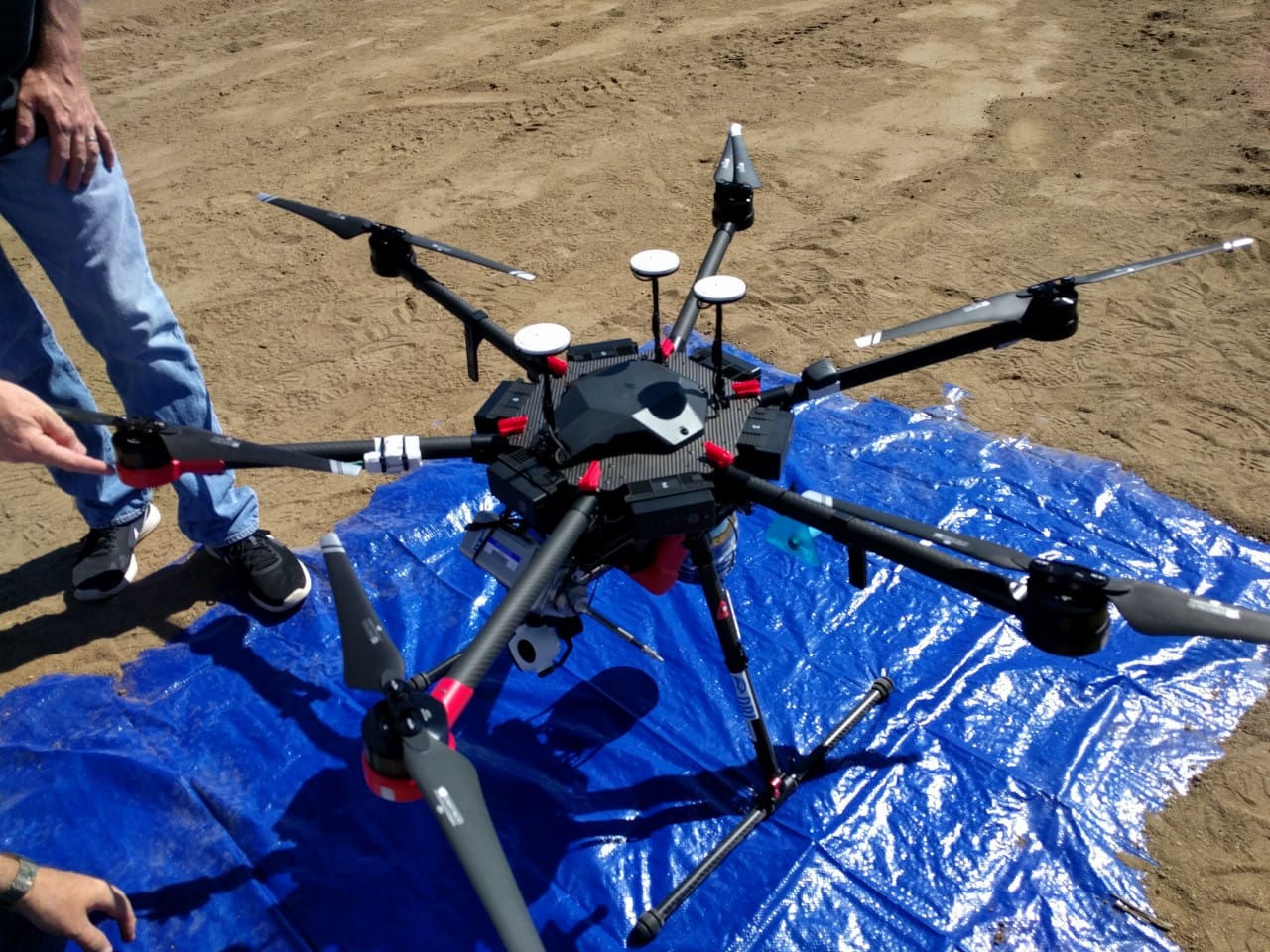
Effective visualization is crucial for understanding complex atmospheric data. Several techniques can be employed:
Graphs: Time series plots of temperature, humidity, wind speed, and other parameters can reveal trends and patterns over time.
The increasing sophistication of sky elements drones is evident in their diverse applications, from aerial photography to precision agriculture. Recent events, such as the significant drone attacks on Russia, highlighted in this report ukraine drone attack on russia , demonstrate their potential for both civilian and military uses. Further advancements in drone technology will undoubtedly reshape how we utilize the airspace and its elements.
Maps: Spatial distribution of atmospheric parameters can be visualized using maps, showing variations across different locations. For example, a color-coded map could illustrate the spatial distribution of air pollutants.
3D Models: Three-dimensional representations of atmospheric data can provide a more comprehensive understanding of the spatial structure of atmospheric phenomena. For example, a 3D model could show the vertical profile of temperature and humidity.
Identifying Patterns and Anomalies
Analyzing sky element data can reveal patterns and anomalies indicative of significant atmospheric events. For instance, a sudden drop in temperature coupled with a rise in humidity might suggest the approach of a storm front. Anomalous spikes in pollutant concentrations could indicate industrial emissions or other pollution sources. Statistical techniques like time series analysis and spatial autocorrelation can be used to identify these patterns and anomalies.
Safety and Regulatory Aspects of Sky Element Drones
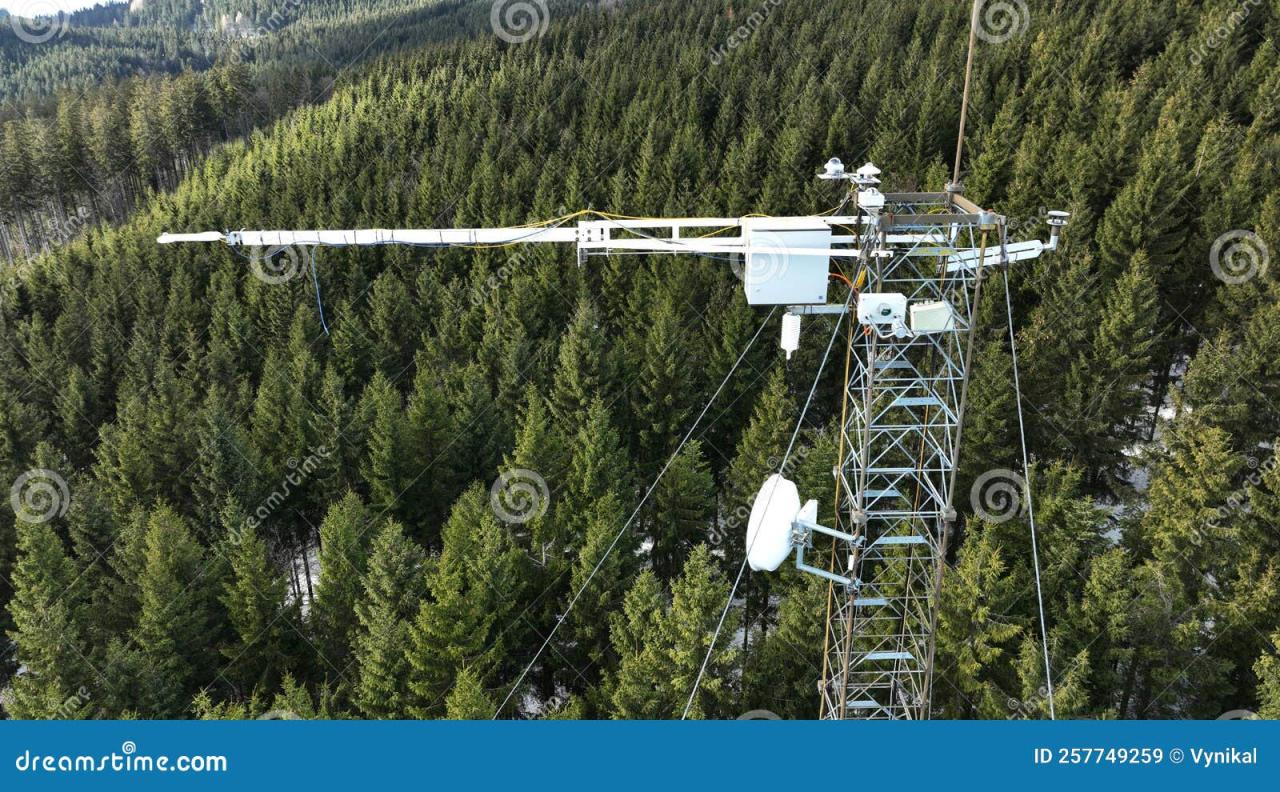
Operating sky element drones safely and legally is paramount. This section addresses potential hazards, relevant regulations, and essential safety protocols.
The increasing sophistication of sky elements drones, particularly in their navigation and payload capabilities, raises concerns about potential misuse. Recent events, such as the kazan drone attack , highlight the urgent need for robust counter-drone technologies. Understanding the vulnerabilities and developing effective defensive strategies for sky elements drones is therefore crucial for maintaining airspace security.
Potential Safety Hazards and Mitigation Strategies
Several hazards are associated with operating sky element drones. These include:
- Loss of Control: Technical malfunctions, adverse weather conditions, or operator error can lead to loss of control. Mitigation strategies include regular maintenance, pre-flight checks, and the use of redundant systems.
- Collisions: Collisions with obstacles, birds, or other aircraft can cause damage or injury. Mitigation strategies include careful flight planning, obstacle avoidance systems, and adherence to airspace restrictions.
- Data Loss: Technical malfunctions, data corruption, or cybersecurity breaches can lead to data loss. Mitigation strategies include data backup and redundancy, secure data transmission protocols, and cybersecurity measures.
- Exposure to Hazardous Conditions: Operating drones in hazardous environments (e.g., thunderstorms, high winds) poses risks to both the drone and the operator. Mitigation strategies include weather monitoring and the avoidance of hazardous conditions.
Relevant Regulations and Airspace Restrictions
Drone operations are subject to various regulations and airspace restrictions. These vary by country and region, and often require obtaining permits or licenses before operating. Specific regulations regarding the collection of atmospheric data might exist, especially in areas with sensitive infrastructure or restricted airspace. It’s crucial to research and comply with all applicable regulations before conducting any drone mission.
Safety Protocols Checklist for Sky Element Drone Missions
[A checklist would be included here, outlining steps for pre-flight checks, flight planning, data acquisition, data handling, and post-flight procedures. This would ensure safety and compliance with regulations.] The checklist would include items such as weather checks, airspace checks, battery checks, sensor calibrations, and emergency procedures.
Sky elements drones, known for their advanced navigation systems, are increasingly used for various applications. However, the recent incident highlighted in this news report about a florida drone accident underscores the importance of robust safety protocols. Understanding such incidents helps refine the design and operation of sky elements drones, ensuring safer and more reliable flights in the future.
Future Trends and Developments in Sky Element Drones
The field of sky element drones is constantly evolving, with emerging technologies promising enhanced capabilities and expanded applications. This section explores future trends and potential advancements.
Emerging Technologies
Several emerging technologies are poised to revolutionize sky element drone capabilities:
- Artificial Intelligence (AI) and Machine Learning (ML): AI and ML algorithms can automate data analysis, anomaly detection, and predictive modeling, improving the efficiency and accuracy of sky element monitoring.
- Improved Sensor Technology: Miniaturization, increased sensitivity, and reduced power consumption of sensors will enable the collection of more accurate and comprehensive atmospheric data.
- Advanced Drone Platforms: Developments in drone technology, such as longer flight times, increased payload capacity, and improved maneuverability, will expand the range and capabilities of sky element drones.
- Drone Swarms: Deploying multiple drones in a coordinated manner can significantly enhance data collection efficiency and coverage.
Potential Future Applications
Beyond current applications, sky element drones hold immense potential in several areas:
- Real-time Air Quality Monitoring in Urban Areas: High-resolution mapping of air pollution sources and their dispersion patterns can help develop targeted pollution control strategies.
- Volcano Monitoring: Drones can measure gas emissions and thermal signatures from volcanoes, providing valuable data for eruption prediction.
- Atmospheric River Monitoring: Tracking atmospheric rivers, which are long, narrow bands of concentrated water vapor in the atmosphere, can improve weather forecasting and water resource management.
Future Role in Various Sectors, Sky elements drones
Sky element drones are set to play an increasingly significant role in various sectors. In meteorology, they will improve weather forecasting accuracy and enhance early warning systems. In environmental monitoring, they will provide valuable data on air and water quality, climate change impacts, and biodiversity. In agriculture, they will optimize resource utilization and improve crop yields. The integration of sky element drones into existing infrastructure and data systems will further enhance their impact and effectiveness.
The integration of advanced sensors, sophisticated data analysis techniques, and robust safety protocols has propelled sky elements drones to the forefront of atmospheric research and environmental monitoring. As technology continues to evolve, we can anticipate even greater advancements in their capabilities, leading to a deeper understanding of our planet’s atmosphere and improved strategies for environmental management and disaster preparedness.
The future of sky elements drones promises to be one of significant innovation and impactful contributions across diverse sectors.
Commonly Asked Questions: Sky Elements Drones
What is the typical cost of a sky element drone system?
The cost varies significantly depending on the drone platform, sensor payload, and additional features. Expect a range from several thousand to tens of thousands of dollars.
What are the limitations of using sky elements drones?
Limitations include flight time constraints, weather dependencies (wind, rain), regulatory restrictions on airspace usage, and potential data inaccuracies due to sensor limitations or environmental interference.
How long does it take to train to operate a sky element drone effectively?
Training time varies but generally involves theoretical instruction on drone operation, sensor usage, data acquisition, and safety protocols, followed by practical flight training. It can range from a few days to several weeks.
